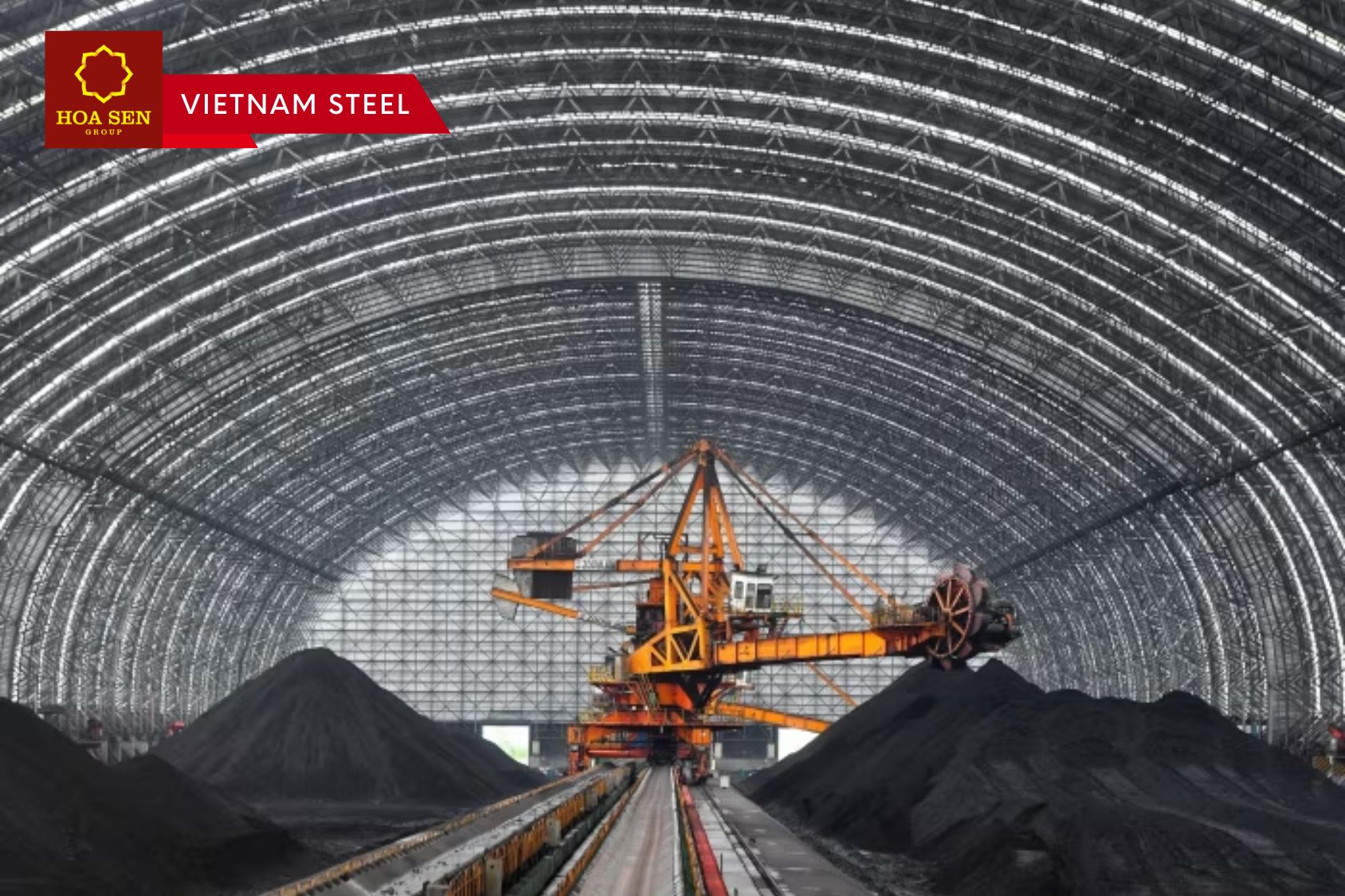Nearly 80% of China's coal-fired blast furnaces will need to be closed or reinvested by 2030
This decade is crucial for the Chinese steel sector’s transition to the goals set out in the Paris Agreement. Therefore, the country needs to use certain levers to accelerate the decarbonization of the industry and attract the necessary capital. This is stated in a recent report by the non-profit organization Climate Bonds Initiative (CBI).
Almost 80%, or 730.8 million tons per year, of the country’s existing coal-fired blast furnace capacity will need to be decommissioned or reinvested by 2030.
The life of the country’s steel assets often exceeds 40 years. Therefore, investment decisions made today could result in billions of tons of emissions and potentially billions of dollars in idle assets, the CBI said.
Chinese investment in the steel industry, the organization believes, should be aligned with the Paris Climate Agreement to avoid this scenario.
According to the report, the decarbonization of China’s steel sector by 2050 will require investments in fixed assets estimated at at least 1.6 trillion yuan ($220 billion). The financing of the transition needs can be provided by a sustainable debt market.
For example, the market for labeled green bonds and loans will help raise the necessary funds. Metallurgical companies should be encouraged to use these instruments to finance the transition, according to the CBI.
In addition, guidelines need to be harmonized. There are already provincial guidelines for transition financing, but they need to be further harmonized at both the interregional and international levels to support capital flows.
The organization notes that transition finance guidelines and policies should be inclusive of all types of businesses to accelerate the deployment of low-carbon production and provide incentives for companies.
The country should also pay more attention to deep decarbonization methods (e.g., green hydrogen) and the environmental transition of small and medium-sized enterprises.
Carbon pricing mechanisms will add urgency to the green transformation. According to the report, carbon trading markets and CO2 tariffs at the domestic and international levels will increase costs and put operational pressure on steel companies.
Strong government policies should create demand for green steel. “Green public procurement should stimulate it and accelerate the transition of steel mills to low-carbon production. The report notes that Chinese government agencies purchase about 350 million tons of steel per year, which causes about 689 million tons of carbon emissions per year.
Chinese steel companies have already begun to act in the direction of decarbonization. Baowu, Ansteel and HBIS, which account for 22% of the country’s total steel production, have announced emission reduction targets and launched a pilot hydrogen-based production.
By 2030, China could become the largest producer of green primary steel due to its competitive advantages in renewable electricity and green hydrogen production. This is the forecast of the non-governmental organization Transition Asia.
Read more: Steel demand in Germany will not recover in 2024 – WV Stahl
Vietnam Steel by Hoa Sen Group

